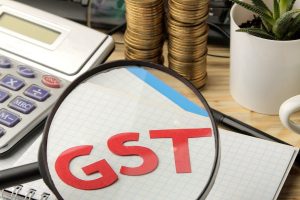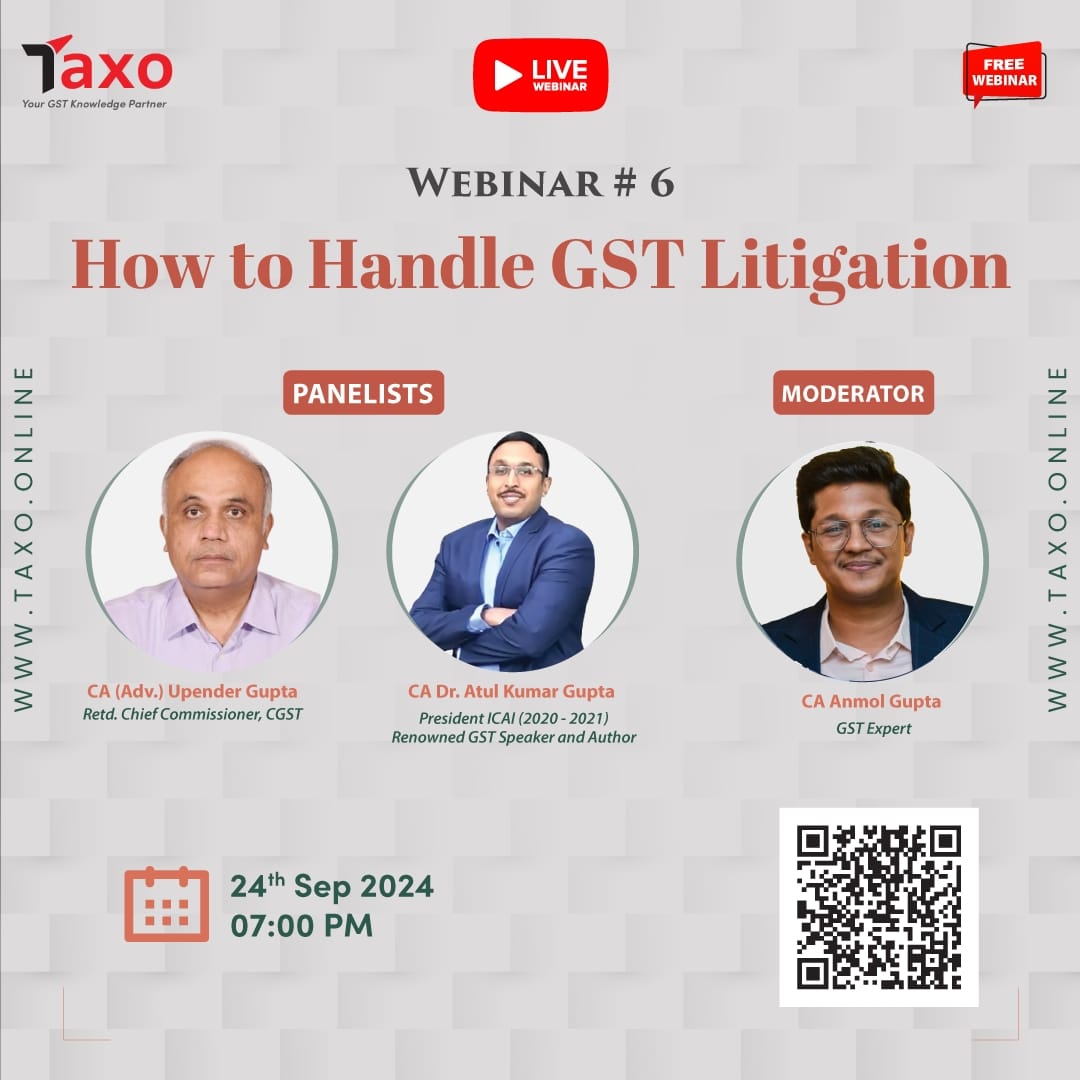
Goods and Services Tax (GST) officers are harnessing the power of data analytics to ascertain if GST is being paid through the entire eupply chain in any given sector, an official privy to the development told PTI.
The Centre had reported that it has detected GST evasion of more than Rs 1 lakh crore in the previous fiscal, prompting the Directorate General of GST Intelligence (DGGI) to step up efforts to nip evasive measures in the bud in a bid to improve tax compliance.
The official told PTI: ”We are using ’end-to-end’ analytics for a sector and ’gap analysis’ of the taxes paid in a supply chain to ascertain if the entire value chain is paying adequate GST or if there is a missing link.”
As per the PTI report, the data analysis includes comparisons of the tax payment profile of a particular sector vis-à-vis the erstwhile excise and service tax regime.
”Now that GST system has stabilised, the effort is to further streamline it. We want to ascertain if all the sectors which are covered under GST are paying their due share of taxes,” an official was quoted as saying.
After the analysis, if the department finds that some changes are required in law or tariffs to check evasion by increasing compliance, then it would be presented before the Council for approval.
If a sub-part of any sector is not paying taxes in the value chain and there is a case of evasion, enforcement action could be taken, the official said.
”Data analytics is a time taking process, but this is required to check GST evasion at the manufacturing stage itself. It will help increase revenue collection while ensuring that compliance improves,” the official added.
GST evasion detection by tax officers almost doubled year-on-year to over Rs 1.01 lakh crore in FY23, while Rs 21,000 crore was recovered by the DGGI.
The total number of GST evasion cases too had gone up — 14,000 cases were detected in 2022-23, up from 12,574 in 2021-22 and 12,596 in 2020-21.
As per the PTI report, the defaulters adopt various tactics such as short payment of tax by undervaluing taxable goods and services, wrong availment of exemption notifications, wrong availment of the input tax credit, non-payment of tax on supply of taxable goods and services (clandestine removal), and fraudulent availment of the input tax credit on the basis of invoices from fake firms.
In a reply to the Lok Sabha last month, the Finance Ministry had said said total GST evasion detected between July 2017 to February 2023 was close to Rs 3.08 lakh crore, of which over Rs 1.03 lakh crore was recovered. GST authorities arrested 1,402 persons for evading taxes in the last five-and-a-half years till February 2023.
Source: CNBC TV 18
https://www.cnbctv18.com/finance/gst-evasion-taxmen-to-use-data-analytics-in-a-bid-to-curb-tax-evasion-in-supply-chain-16475711.htm


